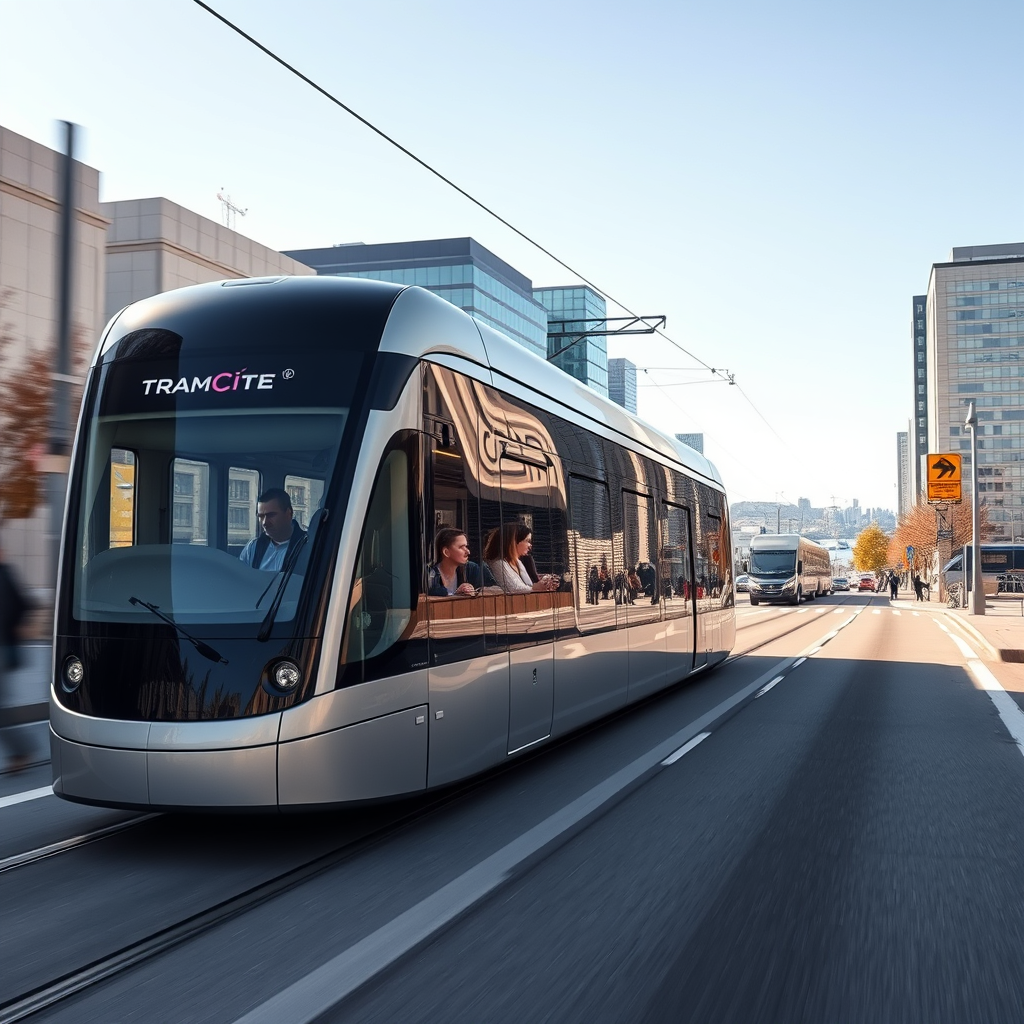Prague Airport Rail Link: A Modern Design

Designing a Modern Rail Link: Prague Airport Connection
This article explores the significant undertaking of designing a new railway line connecting Prague Ruzyně Station and Prague Václav Havel Airport in the Czech Republic. This project, awarded to AFRY, represents a crucial step in improving Prague’s public transportation infrastructure and addressing its unique position as one of the few major European capitals lacking a direct rail link to its international airport. The project’s scope extends beyond simply laying track; it encompasses the design of a modern transfer terminal integrating various transport modes, expansion of airport infrastructure, and the implementation of Building Information Modeling (BIM) technology as a key component of the design and construction process. The project’s success will have profound implications for commuters, tourists, and the overall efficiency of Prague’s transportation network, setting a precedent for future rail development projects in the region and showcasing the benefits of advanced digital design methodologies. The following sections will delve into the key aspects of this ambitious endeavor, highlighting its technical challenges and innovative solutions.
Addressing Prague’s Transportation Gap
The absence of a direct rail connection between Prague’s city center and its international airport has long been a significant drawback for both residents and tourists. This deficiency places Prague in a unique and somewhat undesirable position amongst major European cities. The current reliance on road transport leads to increased traffic congestion, longer commute times, and higher environmental impact. The new railway line aims to directly address these issues, offering a sustainable and efficient alternative to car travel. This project signifies a commitment to modernizing Prague’s infrastructure and improving the overall quality of life for its citizens.
The Scope of the AFRY Project
AFRY’s involvement extends beyond simply designing the railway line itself. The project includes the design of a state-of-the-art transfer terminal, strategically situated to facilitate seamless transfers between the railway, urban and suburban buses, and eventually, trams. This integrated approach emphasizes intermodal connectivity, a crucial element in creating a truly efficient and user-friendly transportation system. Additionally, AFRY is responsible for expanding the airport’s infrastructure to accommodate the new railway line, including the development of a Park & Ride facility to encourage the use of public transport. This comprehensive approach highlights the project’s commitment to holistic transportation planning.
Implementation of BIM Technology
The project is being executed entirely using 3D Building Information Modeling (BIM), showcasing the Czech Republic’s commitment to utilizing cutting-edge technology in its infrastructure projects. BIM’s role extends beyond creating sophisticated 3D models; it facilitates improved collaboration among stakeholders, enhances coordination during construction, and enables better management of project costs and schedules. This project serves as a key pilot program in the Czech Republic, demonstrating the potential of BIM to streamline the design and construction of complex railway infrastructure. AFRY’s extensive experience in BIM implementation, including their work on data standards for the State Fund for Transport Infrastructure, is invaluable to the project’s success.
Environmental and Economic Considerations
The new rail link offers significant environmental benefits. By providing a convenient and efficient alternative to car travel, it aims to reduce reliance on private vehicles, resulting in lower carbon emissions and less traffic congestion. The project also contributes positively to the economic development of Prague, improving connectivity for businesses and attracting further investment. The increased accessibility and convenience offered by the new rail link are expected to boost tourism and enhance the overall quality of life for residents. The choice of BIM also contributes to sustainability through optimized resource management and reduced construction waste.
Conclusions
The construction of the new railway line connecting Prague Ruzyně Station and Prague Václav Havel Airport marks a significant advancement in Prague’s transportation infrastructure. This project, led by AFRY, not only addresses the city’s long-standing lack of a direct rail link to its international airport, but also showcases the integration of modern design technologies and sustainable planning principles. The strategic design of the transfer terminal, encompassing intermodal connections with buses and trams, emphasizes efficient public transport integration and offers a comprehensive solution to address Prague’s transportation challenges. The use of BIM (Building Information Modeling) throughout the project demonstrates a commitment to cutting-edge technology and its potential to enhance collaboration, optimize resource management, and minimize construction risks. The project’s positive environmental impact, through reduced reliance on private vehicles and decreased carbon emissions, complements its economic benefits by boosting tourism, stimulating economic growth, and enhancing the overall quality of life for Prague’s citizens. This undertaking represents a model for future rail projects, showcasing how innovative design and efficient implementation can transform urban transportation networks and contribute to sustainable urban development. The success of this project will solidify Prague’s position as a modern European capital, prioritizing efficient and sustainable transportation solutions for its residents and visitors.




